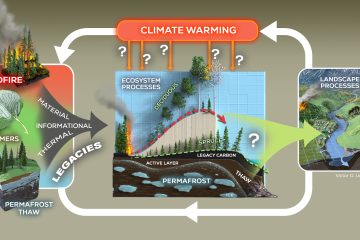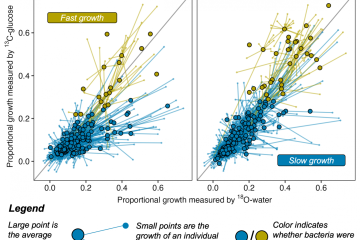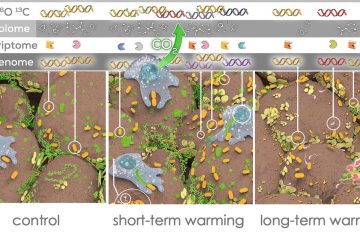Disturbance, rainfall and contrasting species responses mediated aboveground biomass response to 11 years of CO2 enrichment in a Florida scrub‐oak ecosystem
This study reports the aboveground biomass response of a fire-regenerated Florida scrub-oak ecosystem exposed to elevated CO2 (1996–2007), from emergence after fire through canopy closure. Eleven years exposure to elevated CO2 caused a 67% increase in aboveground shoot biomass. Growth stimulation was sustained throughout the experiment; although there was significant variability between years. The absolute stimulation of aboveground biomass generally declined over time, reflecting increasing environmental limitations to long-term growth response. Extensive defoliation caused by hurricanes in September 2004 was followed by a strong increase in shoot density in 2005 that may have resulted from reopening the canopy and relocating nitrogen from leaves to the nutrient-poor soil. Biomass response to elevated CO2 was driven primarily by stimulation of growth of the dominant species, Quercus myrtifolia, while Quercus geminata, the other co-dominant oak, displayed no significant CO2 response. Aboveground growth also displayed interannual variation, which was correlated with total annual rainfall. The rainfall × CO2 interaction was partially masked at the community level by species-specific responses: elevated CO2 had an ameliorating effect on Q. myrtifolia growth under water stress. The results of this long-term study not only show that atmospheric CO2 concentration had a consistent stimulating effect on aboveground biomass production, but also showed that available water is the primary driver of interannual variation in shoot growth and that the long-term response to elevated CO2 may have been caused by other factors such as nutrient limitation and disturbance.


